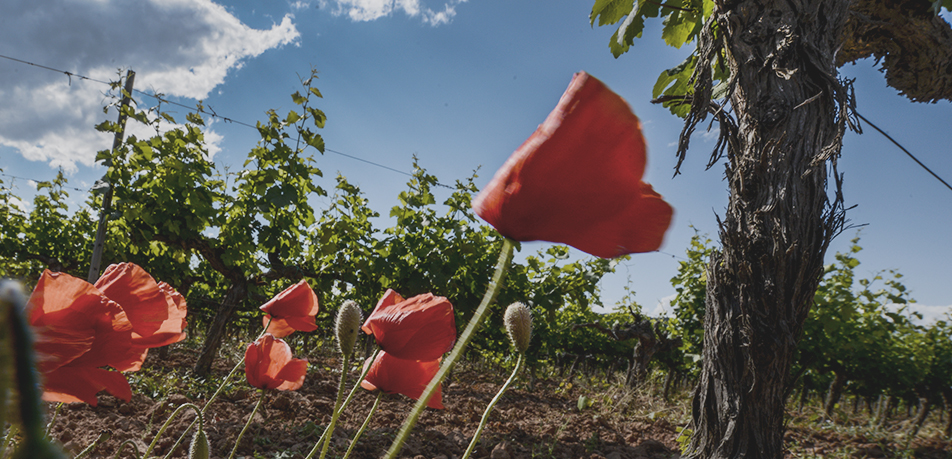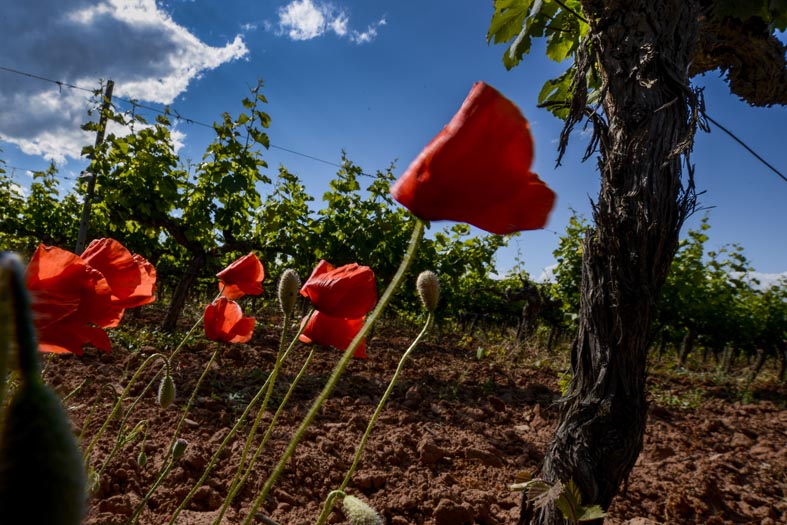The Importance of Protecting Biodiversity

I have always been fascinated by the story that scientists tell us about cyanobacteria. It all began about 3.5 billion years ago (a mere instant in the history of the known universe) when some cyanobacteria – micro-organisms found in practically all terrestrial ecosystems, even the most hostile – got tired of hanging around an inert rock. This led to one of the greatest evolutionary feats on our planet.
By synthesizing chlorophyll and condensing carbon, these microscopic life forms, true pioneers in the arduous task of existence, took advantage of sunlight to obtain food and energy from one of the most abundant elements in their environment: water. It is the story of how the vast placenta of Earth gave birth to the biodiversity of our planet.
In this metabolic process, the bacteria made use of nothing but the hydrogen in their molecule, generating a heretofore unknown gas as a by-product: oxygen. The result was one of the biggest events of atmospheric pollution the Earth has ever seen until levels eventually stabilized around that magical 21% which makes terrestrial life as we know it possible: more combustion, less suffocation.
The introduction of chlorophyll had astonishing consequences: the surface of our planet began to turn green. Thanks to plant photosynthesis, mineral salts, water, carbon dioxide, and oxygen were transformed into sugar, and the sugar into tissue, and the tissue into landscape.

Poppies at Fransola vineyard, a Familia Torres property
Everything that has transpired since then – the succession of genetic variations and biochemical reactions that have made evolution and the adaptation of plants and animals possible – constitutes and represents the greatest heritage of our planet: the biodiversity that exists on Earth. This heritage does not belong to us – it includes us.
We are a tiny part of a living entity. Different species did not emerge independently of each other but are intimately interrelated, with one descending from another to form this entity.
The famous “Letter from Chief Seattle”, in which Great Chief Noah Sealth responded to US President Franklin Pierce's offer to buy the lands where the tribes of the Pacific Northwest lived, contains one of the most beautiful testimonies ever written on the subject:
“We know this: the Earth does not belong to man. Man belongs to the Earth. [...] We love this Earth as the newborn loves its mother's heartbeat.
All things are bound up in each other like the blood that binds the family. [...] All things are connected. Whatever befalls the Earth befalls the sons of the Earth.
Man has not woven the web of life: he is just a thread in it. Everything he does to this web he does to himself”
If we return to this idea – so beautifully and sincerely expressed in this famous document – and accept the condition that unites us to the planet and all life that populates it, perhaps we will understand the close ties that bind us to all other life forms that share the biosphere with us. And perhaps then we will understand that protecting and preserving biodiversity is the best way to protect ourselves.
